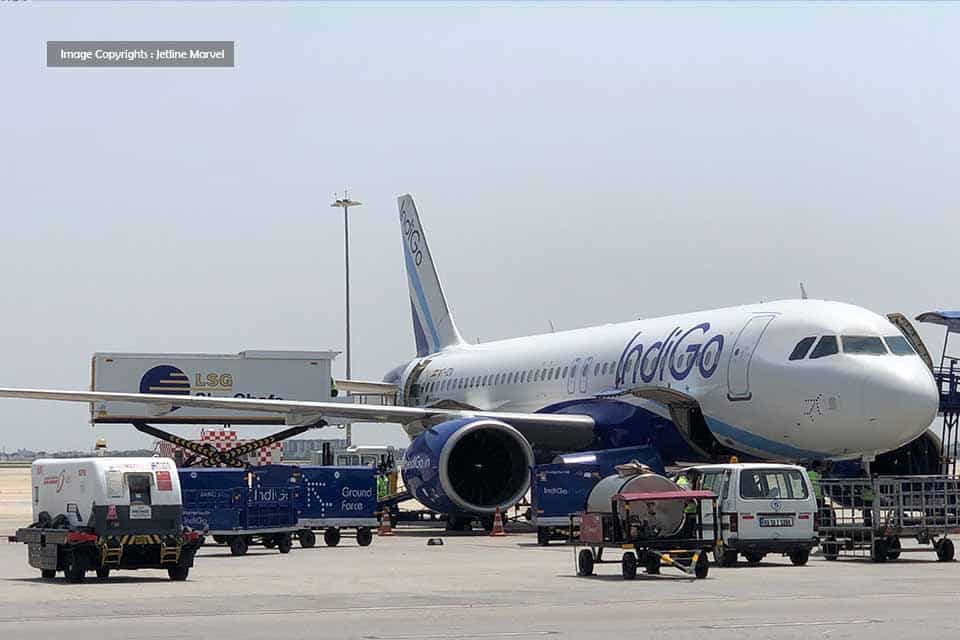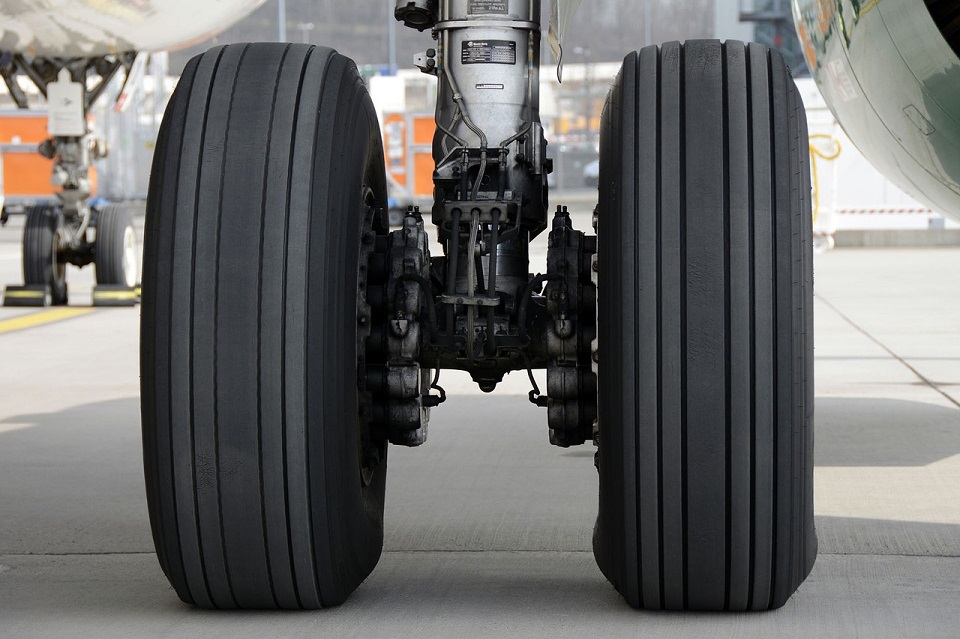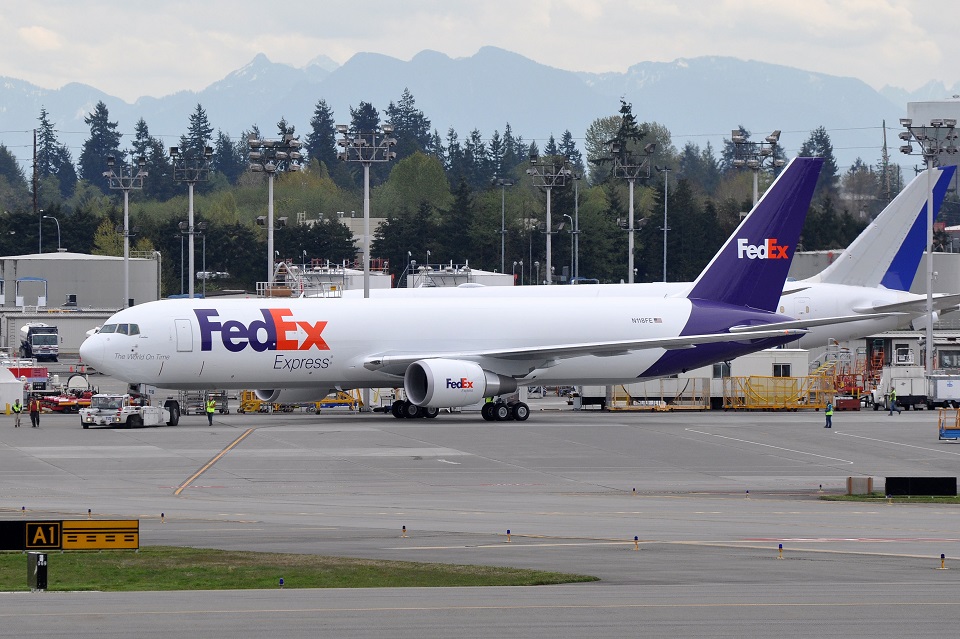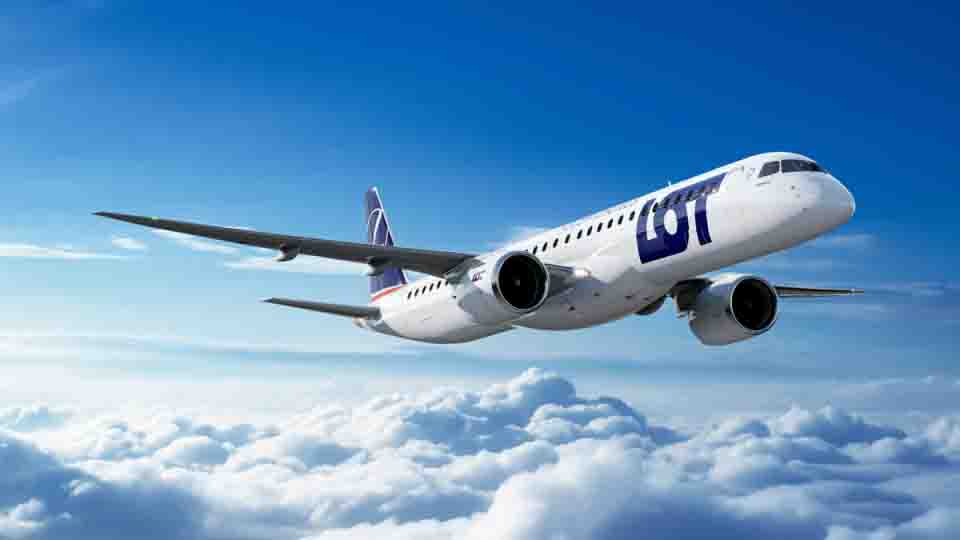Airlines
Indigo contributed 31 crores to India’s political party for election funds

In a recent disclosure, it has come to light that Rahul Bhatia, the promoter of IndiGo, along with companies under his InterGlobe Group, has made significant donations totaling Rs 56 crore to four political parties. Additionally, SpiceJet, led by Ajay Singh, has contributed Rs 70 lakh to the Aam Aadmi Party (AAP).
The data further reveals that InterGlobe Air Transport Ltd, a part of the InterGlobe Group, purchased 11 electoral bonds valued at Rs 1 crore each on May 10, 2019, amounting to a total of Rs 11 crore. Similarly, Interglobe Aviation, the parent company of IndiGo, acquired 5 electoral bonds worth Rs 1 crore each on October 23, 2023, totaling Rs 5 crore.
InterGlobe Real Estate Venture and InterGlobe Air Transport Ltd directed the lion’s share of their political contributions, totaling Rs 31 crore, to the Bharatiya Janata Party (BJP). Surprisingly, the second-largest recipient was the Trinamool Congress (TMC), receiving Rs 16.2 crore from Bhatia. Additionally, InterGlobe Aviation Ltd allocated Rs 5 crore to the Congress party, while Bhatia contributed Rs 3.8 crore to its ally, the Nationalist Congress Party (NCP).
Rahul Bhatia, individually, also made substantial contributions through electoral bonds, purchasing bonds worth Rs 20 crore. On April 7, 2021, a total of 29 electoral bonds were acquired, with 19 bonds valued at Rs 1 crore each and 10 bonds at Rs 10 lakh each, summing up to Rs 20 crore. When combined with the donations from IndiGo and its affiliated companies, the total contributions from the promoter and associated entities reach Rs 56 crore.
On the other hand, SpiceJet, once a prominent player in the Indian aviation industry, has seen a decline in its market position, currently ranking fifth in terms of market share. Despite this, the airline has engaged in political contributions, with donations made in three separate installments.

Airlines
Why do airplane tires cause smoke at touchdown?

When an aircraft touches down during landing, the appearance of smoke is a common sight. This occurrence arises from a combination of factors related to the landing procedure and the characteristics of the tires themselves.
As the aircraft descends and prepares for touchdown, the tires are stationary. Upon contact with the ground, they rapidly accelerate from a standstill to an average speed of 240 to 260 km/h. This sudden burst of motion creates friction between the tires and the runway surface, resulting in the emission of smoke.
The smoke stems from the considerable heat generated by the friction between the rubber tires and the asphalt runway. This heat is sufficient to cause the rubber to almost vaporize, resembling the smoke produced when a bike tire skids against the road.
Several variables influence the intensity and occurrence of smoke during landings. The frequency of landings a tire experiences within a specific timeframe, such as within 24 hours, impacts its level of wear and tear. Airlines rigorously inspect tire conditions before each flight, promptly replacing them if any damage or signs of deterioration are detected to uphold safety standards.
The design and resilience of aircraft tires are influenced by the type of aircraft and its operational demands. For example, the tires used on an Airbus A330-200 differ in composition and load capacity compared to those designed for conventional automobiles. Furthermore, environmental factors such as runway temperatures and altitude variations contribute to tire performance.
Aircraft tires are meticulously engineered to endure the demanding conditions of takeoff and landing. They incorporate multiple layers of nylon for reinforcement and a wire core to prevent slippage on the rim. Moreover, these tires are filled with nitrogen, offering superior properties compared to conventional compressed air for aviation purposes.
Airlines
FedEx B767 Freighter Aircraft Lands in Istanbul Without Nose Gear

A FedEx cargo Boeing 767-300F, bearing registration N110FE, faced a tense situation as it embarked on what should have been a routine journey from Paris’s Charles de Gaulle Airport to Istanbul.
However, mid-flight, the pilots discovered a malfunction in the front landing gear, setting off a chain of events that culminated in a dramatic emergency landing at Istanbul Airport on 8th May.
According to reports from the state-run Anadolu Agency, the crew onboard Flight FX6238 promptly alerted authorities at Istanbul Airport upon realizing the landing gear failure. With nerves of steel, they maneuvered the aircraft under the guidance of the control tower, navigating the challenge of landing without the crucial support of the front landing gear.
As the FedEx plane descended toward the runway, onlookers, and social media users witnessed a nerve-wracking sight: the aircraft relying solely on its back landing gear, gently touching its nose to the tarmac in a controlled landing.
In response to the emergency, airport rescue and fire fighting teams sprang into action, ready to respond to any potential disaster. Fortunately, their services were not required as the skilled piloting and swift coordination ensured the safety of all onboard. Despite the intensity of the situation, there were no reported injuries among the passengers or crew.
The incident prompted the temporary closure of runway 16R at Istanbul Airport, but the quick action of authorities ensured that flight operations continued smoothly on other runways. Istanbul Governor Davut Gul reassured the public of the airport’s robust infrastructure and emergency response capabilities, emphasizing that such incidents are managed effectively to minimize disruptions.
Still, questions concerning Boeing aircraft quality control have been raised once again in light of the emergency landing. This event adds to the ongoing criticism of Boeing’s safety measures in light of the recent controversies concerning the company’s manufacturing operations.
Airlines
LOT Polish Airlines Boosts Fleet with Arrival of Three Embraer E195-E2 Jets

In order to improve operational flexibility and support network development, LOT Polish Airlines plans to add the Embraer E195-E2 to its fleet.
With the addition of the 25% more efficient E2 to their fleet, LOT will lease three new E195-E2 from Azorra, demonstrating their continued commitment to sustainable growth. This year, the first jet will arrive by the end of July, and all aircraft deliveries will be finished by October.
As the airline’s network expands, LOT needs a flexible solution to meet its capacity needs. In addition to providing passengers with an unparalleled flying experience without middle seats, the E2 enables LOT’s current E-Jet first generation flight crews to seamlessly transfer over a matter of days.
Additionally flexible, the new E2s match LOT’s larger narrow body aircraft with comparable seat prices. The airline plans to set up E195-E2, which can accommodate up to 146 passengers, in a cosy single class configuration with 136 seats.
The remarkable success of Embraer’s new aircraft family began with the 85-minute, 520-kilometer trip to Vienna; the 1800th E-Jet in the programme, an E190-E2, was just delivered to a customer in the Middle East.
LOT is one of the biggest E-jet operators in Europe with a fleet of 43 aircraft as of right now. Over 1.4 million flight hours, 850 million kilometres, and over 60 million passengers—nearly double Poland’s population—have been transported by LOT’s E-jet fleet to date.






















